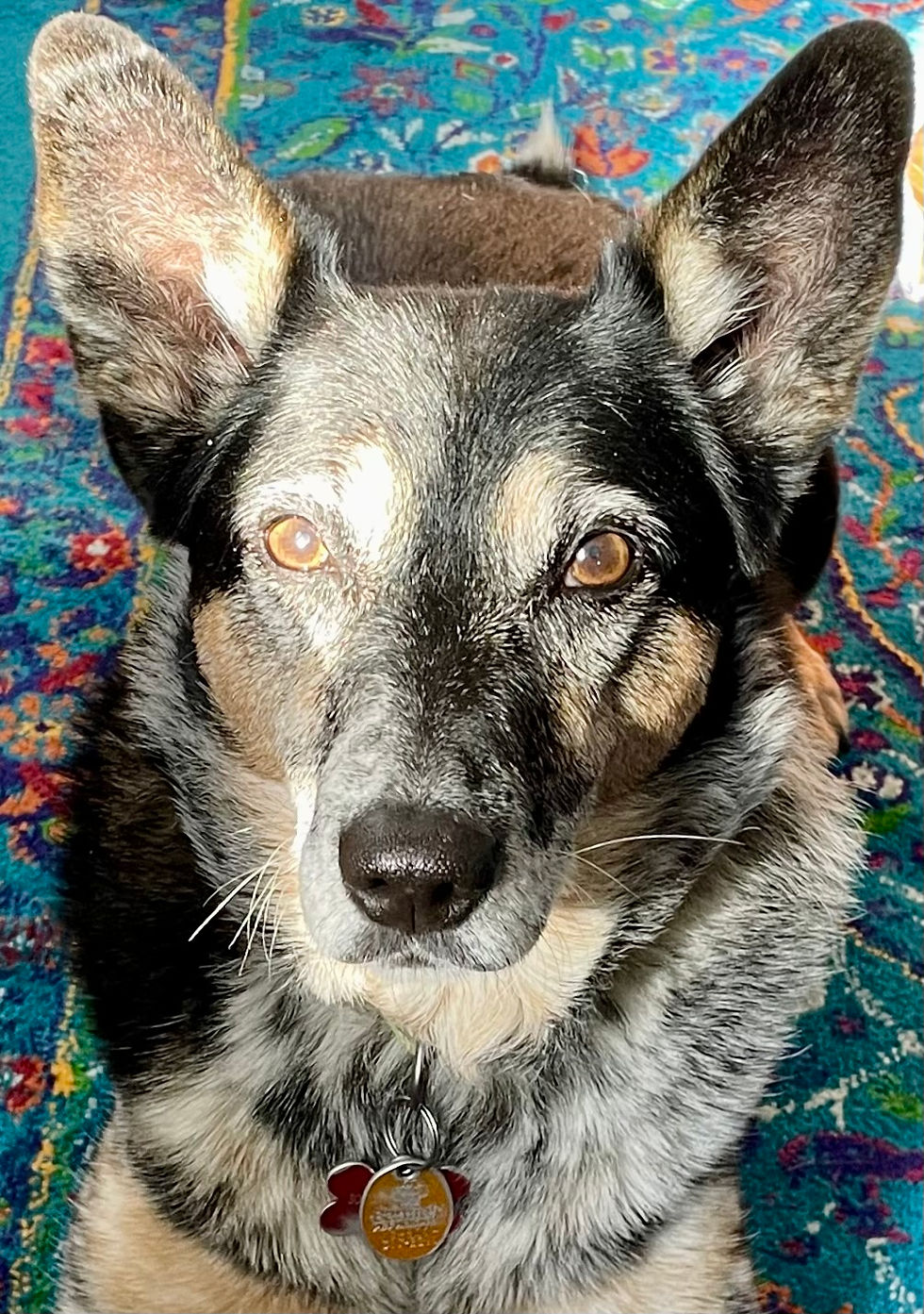Oops! Accidental Reinforcement of Unwanted Behaviors
- Virginia Dare

- Nov 13, 2020
- 3 min read
Updated: Oct 1, 2021
There's this thing that happens regularly when folks are training their dogs, and it involves behavior chains. As defined on Wikipedia --
A behavior chain is a sequence of behaviors that happen in a particular
order where the outcome of the previous step in the chain serves as a
signal to begin the next step in the chain.

Fetching a ball is an example of a behavior chain. Broken down, the elements of the chain look like this:
The dog chases a tossed ball.
When he reaches the ball, he picks it up.
He then carries it to person who threw it.
Finally, he drops the ball upon return.
His reward might be praise, or a treat, or simply a re-toss of the ball again.
Most of us like when a dog does this particular behavior chain. Another fun behavior chain is demonstrated in this video clip, where a dog retrieves a drink from the fridge for his lazy owner (me).
Other chains can be an issue, however, because we're accidentally building problems into the behavior chains without even knowing it.
A very common example looks like this:
Dog jumps up on you to get your attention.
You may or may not use some form of reprimand when the dog first jumps, like saying "off" firmly, or even pushing him off you.
Then, because you know you shouldn't give your dog 'positive' attention when he's jumping on you, you decide to instruct him to sit instead.
The dog sits.
You give him a treat (or whatever else it was that he wanted).
At first blush, that might seem like a good training plan. After all, the dog sat in order to get the reward. But each element of that behavior chain is part of a closely paired sequence. And how does the sequence begin? It begins with an undesired behavior. Oops!
By following the pattern above, you are actually reinforcing the dog's jumping behavior. Dogs are smart enough to learn that they can get what they want (attention; a treat or toy; a training opportunity that leads to a treat) by starting the sequence with a behavior that has paid off for them in the past. And unless a grim punishment immediately follows the initial undesired behavior (I'm not recommending this!!), plenty of dogs are willing to wade through the not-so-wonderful aspects of your response because it ultimately leads to the training cue (SIT) which then leads to attention and treats. And to be honest, plenty of dogs would think being pushed away when jumping up on you is fun, even if we don't do it with playful intention. Heck, you turning away from your laptop to face him and reprimand him could be considered rewarding to an attention-seeking dog.
SO, how do we fix this? We need to uncouple the problem element from the behavior chain. Let's use the same jumping example. When the dog jumps up, you could immediately turn away without giving any eye contact or touch or verbal commentary. The jumping leads to no positive outcome. Repeat as needed. Figure on having a pause of at least 10 seconds where the dog does not emit any undesired behaviors before you provide him with some positive instruction. The 10 seconds allows you to uncouple the jumping-up element from any positive interaction with you.

But that's just a trouble-shooting plan. The most important step we need to take, separately, is to teach the dog what we DO want him to do and consistently reinforce him for this. Some tips:
Actively practice and reinforce the SIT behavior in plenty of locations, reinforcing every success. Show your dog that sitting leads to all sorts of positive outcomes for him. (Attention, petting, treats, food bowl put on floor, toy thrown, door opened, etc.)
Then practice a short behavior chain of approach and then sit before reinforcing. (Abort the sequence if even a small lift of the front paws occurs when the dog reaches you. Then try again a little later.)
Gradually practice in more exciting situations.
Other undesired behaviors that commonly get folded into behavior chains are barking, and pulling on leash. So if you notice a problem behavior is still firmly in place despite your steady training efforts to try to eliminate these issues, you may be accidentally reinforcing them because they're embedded in a behavior chain.
Knowledge is power! :-)
Virginia Dare is a certified dog trainer & behavior counselor with decades of experience. Her business offers live video consultations anywhere in the US for training and behavior help, along with pre- and post-arrival counseling for new puppies.
She also provides in-home, private lessons and behavior consultations in northern Fairfield and Westchester counties, western New Haven county, Putnam and southern Dutchess counties.
Please visit www.NorthStarCanines.com/services to learn more, or contact me at 804.784.0120



Comments